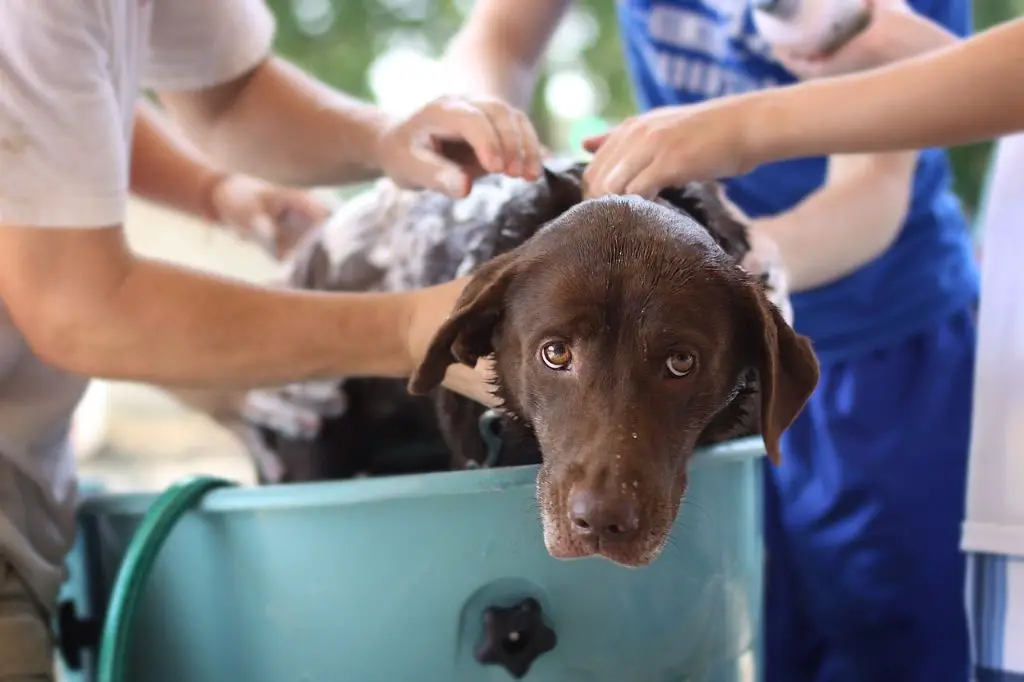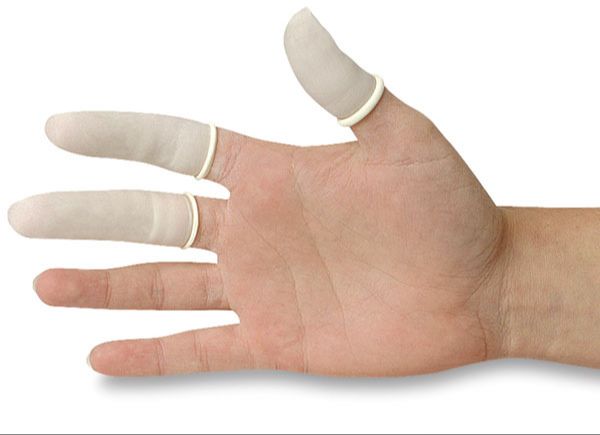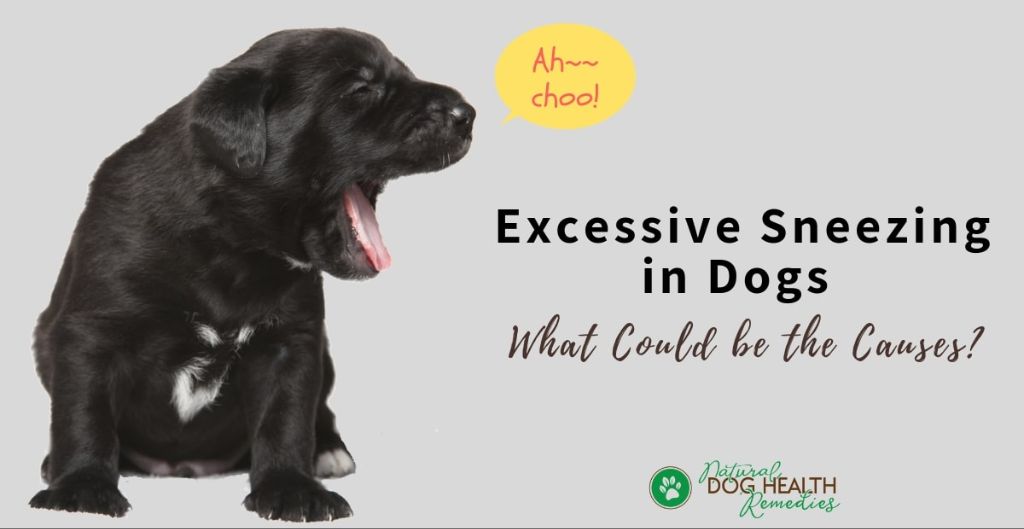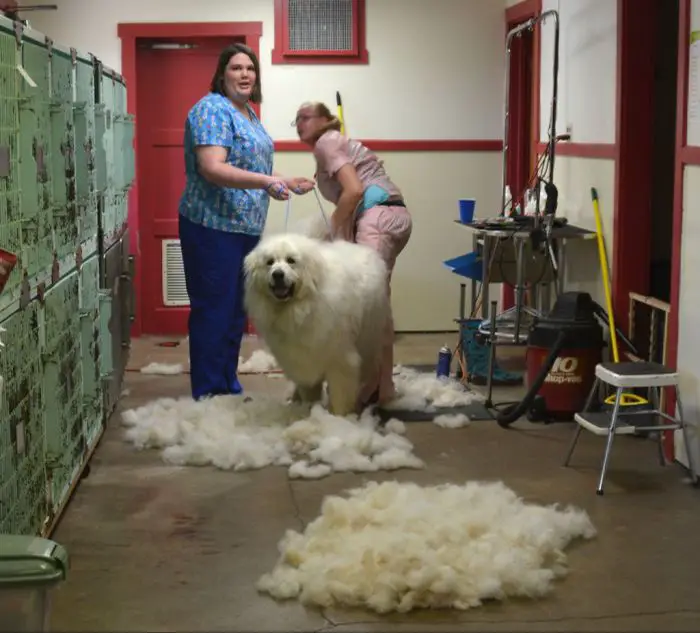Physical Demands
One of the biggest downsides of being a professional dog groomer is the physical toll the job can take on your body. Grooming dogs requires being on your feet all day, bending over tubs, using your arms and hands repetitively with scissors and clippers, and maintaining uncomfortable postures for long periods of time. This repetitive motion and strain can lead to injuries and chronic issues over the course of a career.

Groomers often develop back, neck and shoulder pain from leaning over dogs in awkward positions for hours at a time. They can also suffer from wrist, hand and finger problems like arthritis or carpal tunnel syndrome from the constant scissoring and clipping motions. Hip, knee and ankle issues are common from standing on hard surfaces with no break. These physical demands only intensify as a groomer gets older and their body wears down from years in the business.
To have longevity in this career, groomers need to take extra care to maintain good posture, stretch regularly, wear supportive footwear and take breaks to rest their joints. Proper technique and ergonomic equipment can also help minimize injury risk. But even with precautions, most groomers will inevitably face some type of cumulative physical issue over time from the grueling nature of their work.
Safety Risks
Grooming dogs comes with certain inherent risks. One of the biggest safety concerns for dog groomers is the risk of dog bites and scratches. Due to having to work in close proximity with dogs for extended periods of time, groomers are at a higher risk of getting bitten or scratched, sometimes severely. Even dogs who are generally well-behaved can be prone to biting or scratching when feeling stressed or threatened during the grooming process. This is especially true when grooming sensitive areas like the paws, abdomen or face. Even minor bites and scratches can pose a health hazard if they become infected. Additionally, forceful bites can cause serious puncture wounds or lacerations that require immediate medical attention.

Other safety risks include the potential for slips, falls and back injuries from lifting or restraining dogs. Groomers also deal with exposure to shampoos, dyes, and other chemicals that can cause skin irritation or breathing issues if proper precautions aren’t taken. Proper training and handling techniques are crucial for mitigating these types of risks and injuries on the job.
Allergies to Pet Fur and Dander
One of the biggest downsides of being a dog groomer is developing allergies to dogs’ fur and dander. When grooming dogs, groomers are exposed to large amounts of fur and dander as they brush, bathe, and trim the dogs’ coats. This constant exposure puts groomers at high risk for developing allergies over time.
Dog allergies can cause symptoms like itchy eyes, sneezing, runny nose, scratchy throat, and wheezing. For some groomers, the allergies become so severe that they have to take allergy medicine daily or even quit the profession entirely. Once a groomer becomes allergic, it can be very difficult to avoid reactions when working with dogs every day. The allergies can make an otherwise enjoyable job quite miserable and unhealthy.

There are ways groomers can try to limit allergy symptoms on the job, like wearing a protective mask, taking over-the-counter allergy meds, or getting allergy shots. But for many groomers, the allergies eventually force them to find a new career path. The constant exposure to fur and dander makes dog grooming an especially high-risk profession for developing chronic allergies over time.
Stress
Grooming can be a stressful occupation due to dealing with difficult dogs. Some dogs are extremely anxious, aggressive, or hard to control during grooming. This can make the job stressful as the groomer has to be constantly vigilant to avoid getting bitten or scratched. Trying to groom an uncooperative dog that is barking, growling, snapping, wriggling, or trying to bite can be an intense experience. The groomer has to have endless patience and a calm demeanor to work with these types of dogs. They also have to be very careful to avoid injury. Dealing with difficult dogs day after day can take a major toll and lead to significant stress for dog groomers.
Low Pay
Despite requiring significant skills and experience, dog grooming is not a highly lucrative career. Groomers typically work long hours while earning relatively low wages compared to other trades. The median pay for dog groomers in the United States is only around $22,000 per year according to the Bureau of Labor Statistics. This works out to less than $11 per hour for a full time job. While some groomers who own their own businesses or work at high-end salons may earn more, the vast majority earn wages that place them near the U.S. poverty line.
The low pay makes it challenging for groomers to make ends meet, especially if they live in more expensive urban areas. Many struggle with expenses like rent, healthcare, transportation and food despite working full time. Low wages also limit groomers’ ability to take vacations, enjoy hobbies, or save for retirement and other goals. Considering the physical nature of the job, the low pay provides minimal reward for the labor and wear-and-tear on groomers’ bodies over time.
For those passionate about working with animals, the poor compensation can be demoralizing. While intangible benefits like bonding with dogs provide fulfillment, it comes at the cost of low pay that undervalues the skills and effort required for quality grooming services. Overall, the long hours and low wages make earning a living wage difficult for many in this customer-facing service role.
Lack of Benefits
One of the biggest downsides to being a dog groomer is the lack of benefits. Most dog groomers are either independent contractors or work for small businesses that do not provide benefits like health insurance or paid time off. This can make the job precarious if the groomer gets sick or needs to take extended time away from work.
Without access to employer-sponsored health insurance, dog groomers need to secure their own health insurance plan. Plans on the individual market can be expensive and have high deductibles. Groomers with preexisting conditions may struggle to find affordable coverage options.
Additionally, dog groomers do not receive paid vacation days, sick leave, or other paid time off benefits that are common for traditional jobs. If a groomer needs to take time off for any reason, they lose income. This can make it challenging to afford taking vacations or recover fully from illnesses. The lack of paid time off is a major downside for those considering a dog grooming career.
Difficult Customers
One of the biggest downsides of being a dog groomer is dealing with difficult customers. While most pet owners are lovely, groomers inevitably have to handle unreasonable demands and high maintenance clients. Some customers have unrealistic expectations about what grooming can achieve or how their dog will look post-groom. They may insist on specific styles that don’t suit their dog’s coat type or bring in photos of looks that require creative grooming or dyeing. Other owners don’t understand standard grooming procedures and resist having their dog’s nails trimmed or ears plucked. High maintenance customers can be very particular and demanding, critiquing minor imperfections or asking for special attention to precise details. This not only creates more work for the groomer, but can be emotionally draining when customers are never fully satisfied. Some owners fail to appreciate the grooming artistry and effort involved, complaining about costs for intricate styles. Rude, impatient, or condescending pet parents can make grooming a miserable experience. Having to handle confrontations over misunderstandings or manage unreasonable expectations every day takes a toll over time.

Limited Advancement
Most professional dog groomers work in small businesses with just a few employees. These businesses have minimal management or corporate tiers, offering groomers little opportunity to be promoted into higher positions or take on more responsibilities. The typical career path for a dog groomer is to remain an individual contributor providing grooming services day after day. While groomers can build up their own client base and eventually open their own shop, the opportunities for upward mobility within an organization are sparse. Dog groomers who wish to advance are often left with no choice but to strike out on their own, which brings financial risk and the demands of small business ownership.
Dirty Work Environment
One of the biggest downsides of being a dog groomer is having to work in an often dirty environment on a daily basis. Dog grooming involves dealing with a lot of fur, dirt, urine, feces, and other messes on a routine basis.
Fur ends up covering all surfaces and equipment no matter how much a salon tries to clean. Groomers have to contend with loose fur flying around and getting stuck on their clothes throughout the day. Tables, kennels, tools, and other items inevitably accumulate fur residue over time.
In addition, groomers have to handle dogs who come in with matted, dirty coats full of debris. Feces and urine accidents are common occurrences. Some dogs express their anal glands during grooming. Even well-behaved pets get anxious and may vomit, drool excessively or have other unhygienic issues.
The accumulation of fur, dirt, saliva, waste and other messes means groomers work in less than pristine conditions despite best cleanliness efforts. They have to deal with strong, unpleasant odors on a daily basis as part of the job. Some find it hard to ever feel truly clean at work even after washing up.
Isolation
Most dog groomers operate as independent contractors working alone. Running a solo business can be isolating, especially for groomers who work out of home studios without employees or colleagues. Being self-employed in a largely service-based business means a groomer’s only daily interactions are often with their four-legged clients, rather than other people. While some enjoy the solitude, others struggle from a lack of camaraderie, mentorship and sociability at work. Without opportunities for professional collaboration, it may also be harder to get help troubleshooting problems or feedback for improving skills and techniques.
Groomers working in private salons or franchises may have coworkers, but their frantic schedules still allow limited time for socializing. The fast pace of back-to-back appointments leaves minimal breaks to chat, bond and support each other. Even in shops with multiple groomers on staff, the layout often separates work stations, making conversations challenging. Plus, the noise of anxious dogs and running baths, dryers and clippers creates an environment not conducive to interacting. While grooming can be a rewarding path for animal lovers, the potential isolation is a downside to also consider.